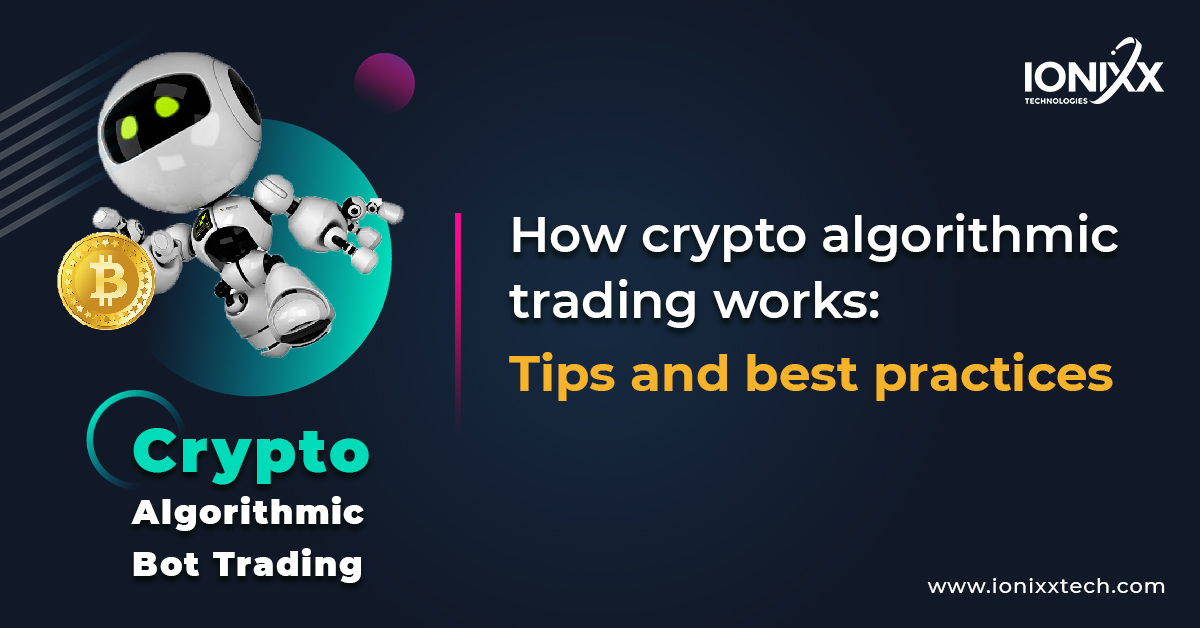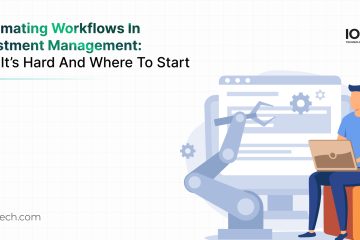As humans evolve, technology does too. Our lives have become so intertwined with technology that automation has taken over several aspects of it. And crypto trading has not been left far behind. Bitten by the automation bug through algorithmic trading bots, crypto trading is now a lot easier than we can imagine.
How does algo trading work?
Crypto algorithmic trading is the process of automating trade orders to execution by trusting your crypto strategy to bots. In other words, crypto trading bots are designed to function on the basis of pre-defined programmatic trade signals generated through a quantitative strategy. Better speed, increased accuracy, and saving traders the constant highs and lows of being governed by emotions, eliminating the risk of emotional trading are some of its main benefits.
Who are they meant for?
While many crypto-trade bots are built for technical users who know the workings of a typical bot algorithm, the generic ones are rules-based platforms that can help any amateur trader develop and automate their trading strategy. Essentially, they function as powerful software programs that interact with crypto exchanges via APIs to obtain and interpret relevant information. After which, they place buy and sell orders on a trader’s behalf based on the interpretation of market data.
Let’s delve a little deeper into understanding how algorithmic trading works by exploring a few strategies, tips, and best practices.
What is the basic principle on which a crypto algorithmic bot works?
A crypto trading bot monitors exchanges that it supports round the clock and reacts according to predefined criteria with which it was programmed. If a trading bot is programmed to buy a commodity when the price reaches $1 and a low and sell when it reaches $2 – the bot will trade within the limit to make a profit.
So, what would a crypto algorithmic bot ideally consist of?
The main components of a crypto algorithmic trading bot should be a set of defined rules to indicate a buy or sell, rules to indicate when a position should be closed, and rules to determine the order size and portfolio allocation.
Here are some common algorithmic trading strategies that can guide you on your steps for crypto bot development.
Trend trading or position trading
The most common algorithmic trading strategies follow trends based on moving averages, price breakthroughs, and related technical indicators. And since they do not involve advanced formulae or market-driven price forecasting, they are easiest to implement through algorithmic trading. For this strategy to be successful, you will need to keep a tab on directional trends and orient your strategy toward the direction of the trend you’re expecting to see in the future.
Arbitraging
Buying cryptocurrency on one exchange and selling it on another based on marginal price differences in order to make profits is central to the arbitrage strategy. Capitalizing on price differences is key for this strategy to be successful.
Scalping
This involves making small but crucial moves periodically and repeatedly to take advantage of market gaps and inefficiencies in liquidity. Timing is a decisive factor here as traders will need to open and close their positions in a short time period, sometimes even in a matter of seconds.
Mean reversion
As opposed to trend following, mean reversion involves trading against the trend by placing your bets betting that prices will revert to the mean or average. A basic example of this would be to buy a crypto token after it has had an unusually large price dip. The premise here is that after a sharp price drop, there’s usually a good chance that it will bounce back to a more normal level.
Momentum trading
Focusing primarily on short-term price movements, momentum trading seeks to take advantage of price uptrends and downtrends by buying and selling appropriately to make profits. It offers diversification benefits and acts as a hedge and safe haven for traditional assets. When employing this strategy, all you need to do is understand the momentum of the market and the riding of the wave.
Grid trading
As a trading strategy, grid trading involves building a trading grid by placing a series of long and short orders at set intervals around a set price. Best suited to work in a volatile market, grid trading is not particularly dependent on market movement trends or predictions.
Reverse trading
As its name suggests, reverse trading happens when a trend starts to lose strength and changes directions. This typically involves trading against a trend when clear patterns emerge as the trend changes directions.
Day trading
In a market that operates 24/7, day trading refers to really short-term trading, it can mean holding an asset for even just a few seconds, to a couple of hours. The idea is to sell your asset before the end of the day, in a bid to make a quick profit, however small it may be.
Copy trading
As the name indicates, copy trading allows you to copy the strategies of successful traders and custom build a bot based on the specific parameters set by them.
Based on your preferences as a trader, you can configure your trading bot to work with a particular strategy and thus use market indicators and data to set tailored, pre-programmed rules to execute trades. Crypto algorithmic bots can be used in combination with other risk management tools to carry out AI-based Deep Learning and evidence-based trading by executing trades based on real data and market trends.
From a technological standpoint, crypto trading bots are quick to set up and easy to use. What’s probably more interesting and differentiating is how a trader’s genius drives the success of an algo crypto trading bot owing to the underlying strategy with which it has been programmed. Are you excited to get started on your crypto trading strategy and putting your bot into action? Visit https://www.ionixxtech.com/crypto-bot-development Write to us at info@ionixxtech.com. We will be ready to guide you through the crypto trading algorithmic bot development process!


